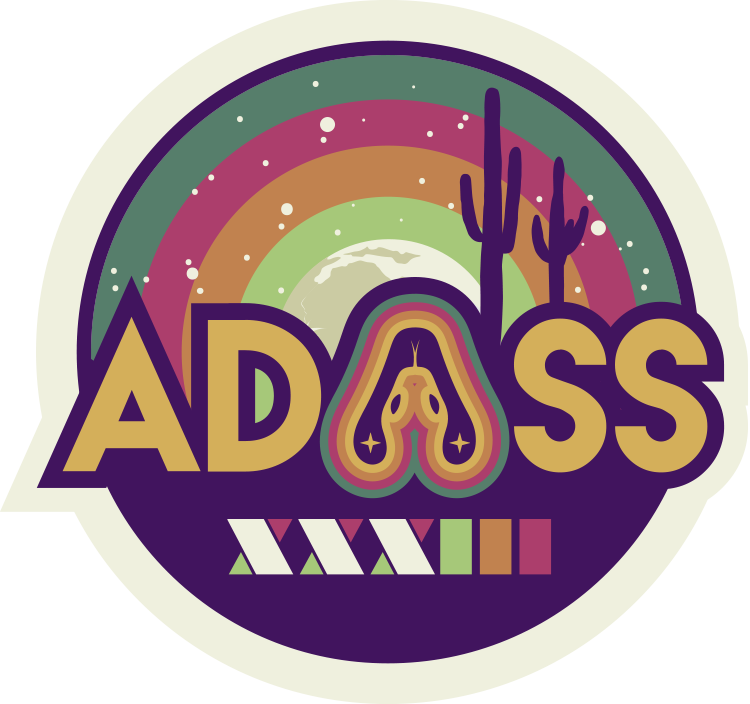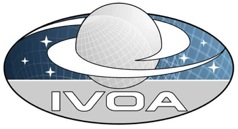Monday Plenary 3: Contributed talk
When
Where
Theme: Ground and space mission operations software
This abstract presents the Science Planning Operational Tool (SPOT), designed and developed by the RHEA Group team, located at the European Space Astronomy Centre (ESA/ESAC), responsible of the Payload Operations and Software Development Service for ESA Planetary Missions.
SPOT is a a collaborative framework to support the planning of Planetary scientific payload operations along the entire missions life, including the long cruise phases. SPOT is already being used by BepiColombo and JUICE missions and it is going to be adapted soon to other missions like the planetary defence mission HERA.
BepiColombo is an interdisciplinary ESA mission launched in October 2018 to explore Mercury in cooperation with the Japan Aerospace Exploration Agency (JAXA). A long cruise phase of 7.2 years toward the inner part of the Solar System will bring BepiColombo to Mercury, after nine planetary flybys, one to the Earth, two to Venus and six to Mercury.
JUICE -JUpiter ICy moons Explorer -is the first large-class mission, launched in April 2023 and arriving at Jupiter in 2031. It will spend at least three years making detailed observations of Jupiter and three of its largest moons, Ganymede, Callisto and Europa. A long cruise phase will bring JUICE to Jupiter and its moons, after four planetary flybys, three to the Earth and one to Venus.
SPOT provides operational capabilities to generate science observations, based on geometry conditions, define scenarios for the different phases of the mission, schedule observations according opportunity windows, and simulation of the scientific payload timelines and the main spacecraft resources used, such as power consumption or generated data volume. SPOT can also generate payload operational products, using the Command Request File format (CRF), in compliance with the European Space Operations Centre (ESOC) tools: Mission Planning System (MPS), Mission Control System (MCS) and Mission Information Database (MIB).
In addition, SPOT incorporates advanced 2D/3D visualisation tools that can display, among others, geospatial data sets or the spacecraft attitude, supporting operators and scientific users in the planning process, providing for example surface coverage data results. All the information and generated products are centralised and version-controlled, and privacy and confidentiality of the data is ensured through user authorisation and authentication processes.
The SPOT framework was originally design and developed for BepiColombo and has already supported the scientific payload teams during the Near Earth Commissioning Phase (NECP), the periodic payload check-outs and the science operations carried out during



